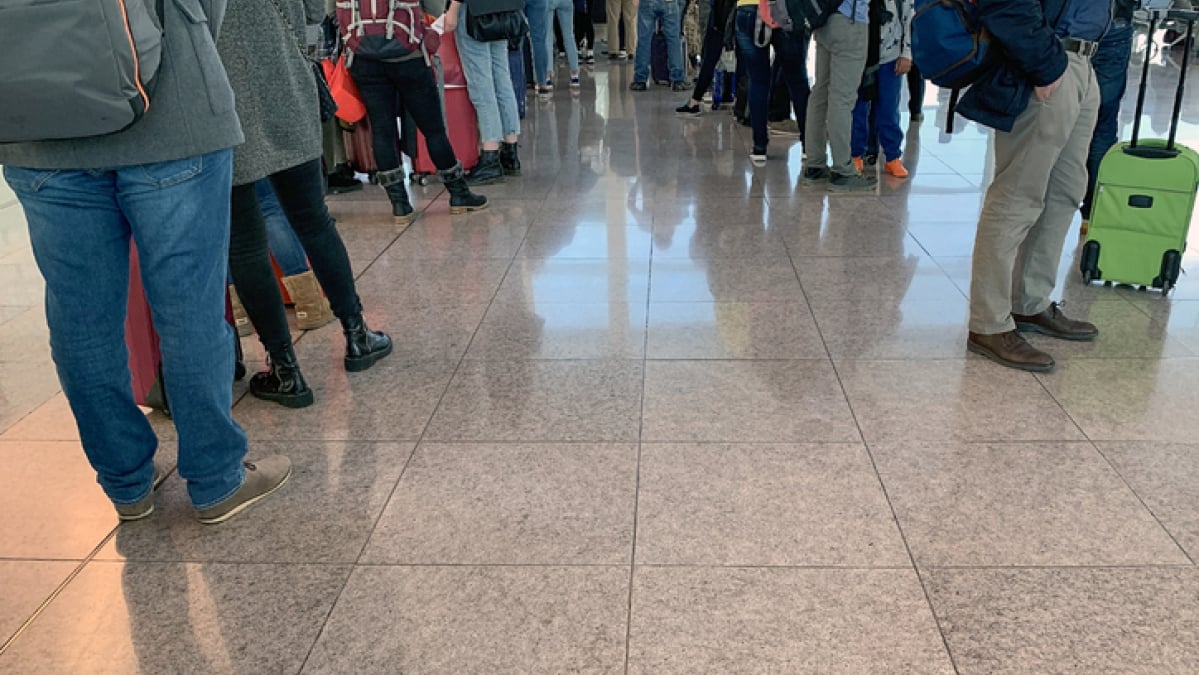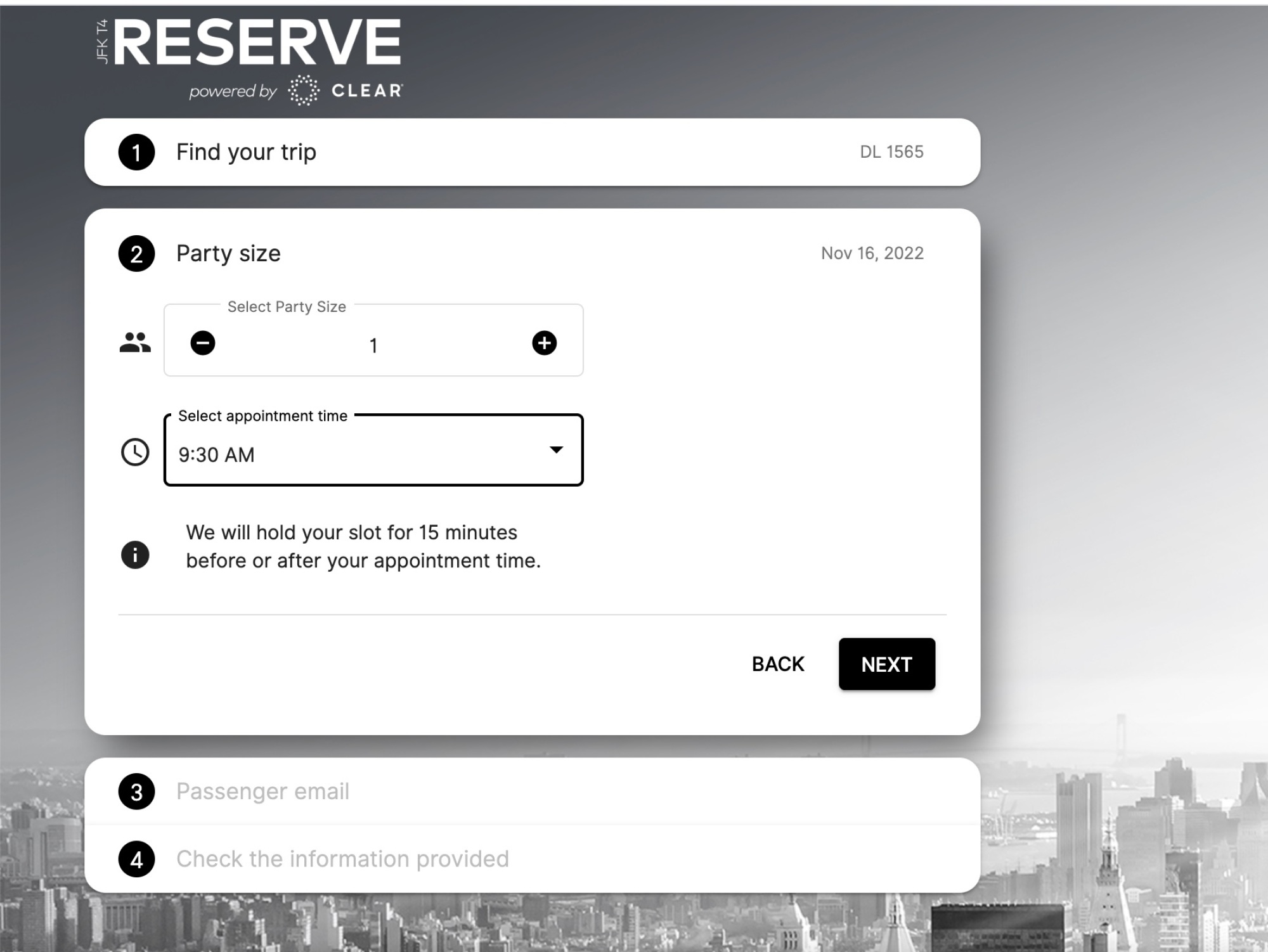Ah, the dreaded airport security line — a place where dreams of early gate arrival are crushed and flights are missed. Even though you may have packed your bag like a pro, checked in early, and downloaded your boarding pass, the security line can still trash your savvy travel prep like that bottle of water you accidentally left in your bag. But there’s a way to avoid the hurt, hack the system, and breeze through like a VIP.
Yes, there are apps for checking wait times so you can budget your time appropriately, including an official one from the Transportation Security Administration. But true travel pros know that the best way to expedite the airport security process is to reserve your spot in line.
And it’s free. Here’s how it works.
How to reserve your spot in the security line
Clear, a travel tech company that uses biometric ID verification to expedite the security process, has a tool called Reserve. Get started by going to https://www.clearme.com/reserve on your computer or mobile and select the airport you’re flying from. How far in advance you can reserve a spot depends on the airport, which can be found on the airport’s website.
Reserve powered by Clear is available in 15 airports in North America and Europe: Calgary, Charleston, Edmonton, Los Angeles, Miami, New York, Newark, Orlando, Phoenix, Seattle, Toronto, Vancouver, Amsterdam, Berlin, and Munich. These cover many of the major travel hubs, but Reserve is planning to roll out in more cities, so don’t worry if none of these are close to you. That will eventually change.
Fill out your flight info
Click on the airport you’re departing from, and you’ll then be directed to a new page where you’ll need to fill out your flight info, including the date of departure, destination, airline, and flight number.
Next, select the number of people you’ll be traveling with — up to 10 people.
Then, choose from a list of 15-minute time slots for your reservation. Note: Reserve will hold your spot for 15 minutes before or after your reservation time, so you have some wiggle room if you show up early or you’re running late.
Fill out your…





